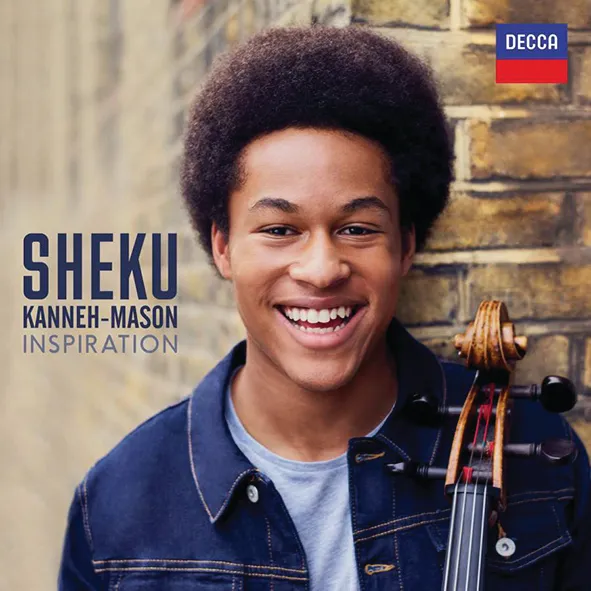
Inspiration Shostakovich: Cello Concerto No. 1; plus works by Hadar, Saint- Saëns, Casals, Offenbach, etc. Sheku Kanneh-Mason, Guy Johnston (cello); City of Birmingham Symphony Orchestra/Mirga Gražinytė-Tyla Decca 483 2948
Sheku Kanneh-Mason captured the hearts and minds of the British public after his stunning success at the 2016 BBC Young Musician competition. This debut release gives us a broad overview of his undoubted gifts in a varied and stylistically eclectic recital which encompasses attractive arrangements of Klezmer and Reggae as well as Leonard Cohen’s Hallelujah. The ubiquitous ‘Swan’ from Saint-Saëns’s Carnival of the Animals also makes an appearance, though I don’t much care for Tom Hodge’s saccharine transcription for multiple cellos and harp.
A central theme of the disc hails the contribution of three extraordinary cellists. Pablo Casals is honoured with two expressively performed miniatures (Song of the Birds and Sardana), and there is a particularly touching tribute to the late Jacqueline du Pré in a warmly played arrangement of Offenbach’s Jacqueline’s Tears. But the main meat in the programme pays homage to Rostropovich, aptly featuring Shostakovich’s First Cello Concerto, the work which Kanneh-Mason performed to such acclaim in the final round of the competition. The committed and technically assured performance here benefits greatly from the tightly knit partnership with the CBSO under Mirga Gražinytė-Tyla. The strengths of Kanneh-Mason’s interpretation are most apparent in the slow movement where he sustains the long lyrical lines with great expressivity, although the tempo is surely too slow for Shostakovich’s prescribed Moderato marking. In the faster movements, Kanneh Mason delivers suitably punchy articulation and there are some particularly incisive contributions from horn and timpani. But his characterisation of the main thematic material could be more tormented and malevolent.
Erik Levi